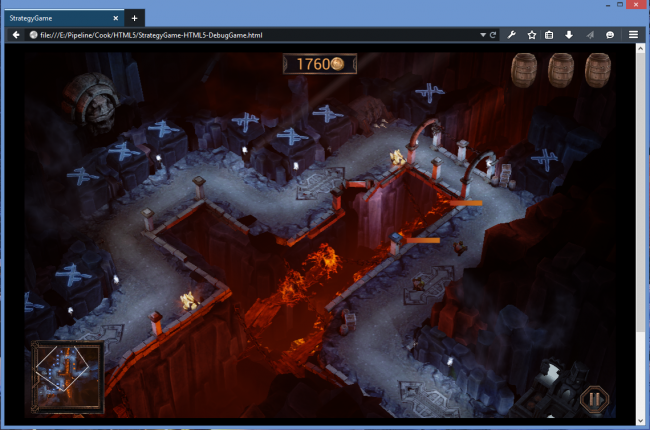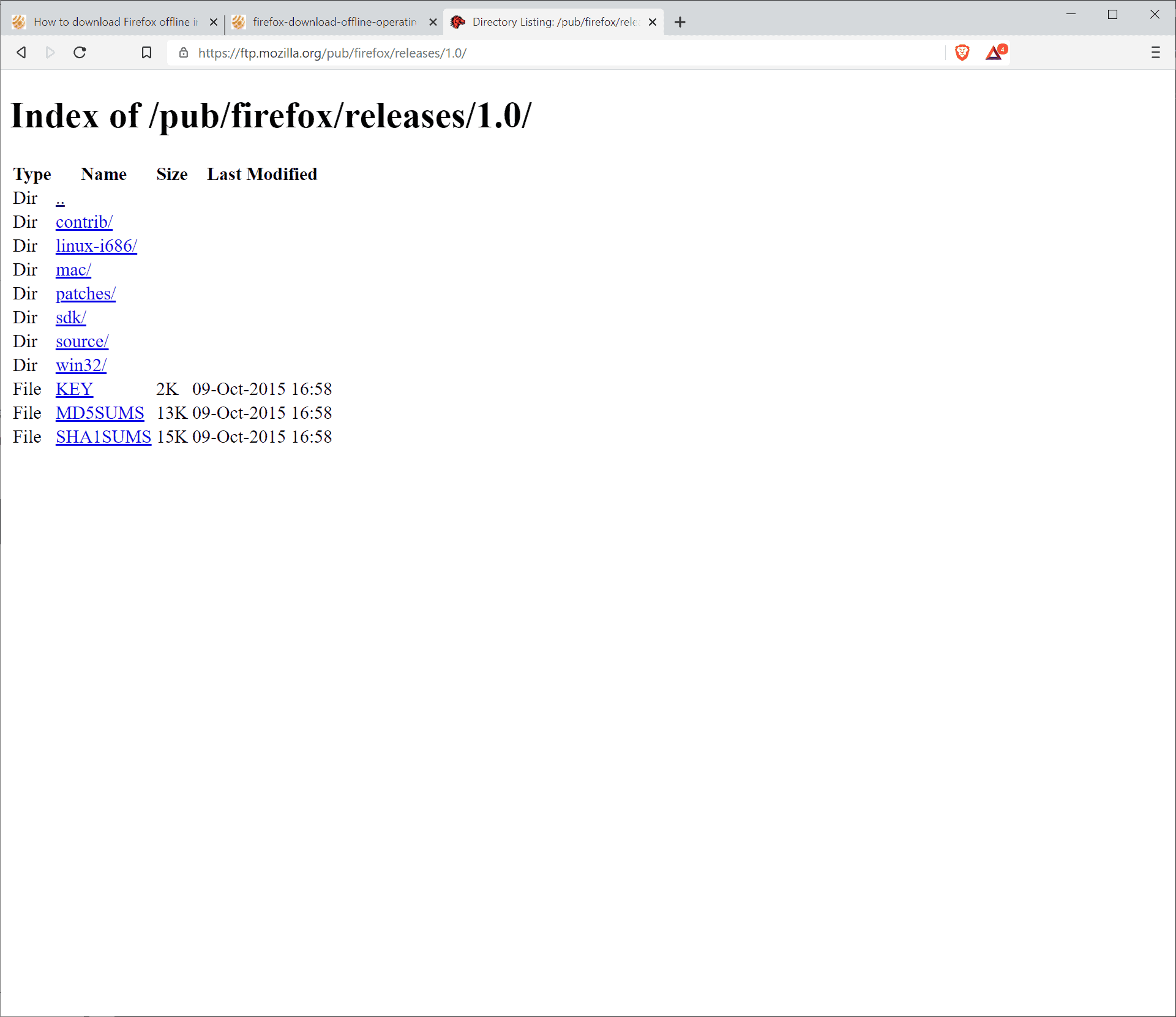

Select the Custom setup type and click Next. These options are not available in a Standard setup. A Custom setup lets you choose the folder where Firefox program files will be installed, as well as which shortcuts to create.

The Standard setup will be selected by default. You can see what's planned for this version by visiting the Fixtures/Release Tracking page, although note that most of these features are not implemented in Nightly. After clicking Next you can choose a Standard or Custom installation. Once done, you can safely road test it, secure in the knowledge you’re not going to screw up your main computer by doing so.
#Download firefox developer edition 32 bit install#
With this in mind, we’d strongly recommend you only install Firefox Nightly on a test machine, or in a virtual environment such as that provided by VirtualBox. However, it will share access to existing Firefox settings, meaning there is a risk you could lose these if something catastrophic was to happen. The Nightly build will install alongside other Firefox builds, specifically the Aurora build and the Beta/Stable build. It's now up to the hardy souls who run Firefox Nightly to try out the changes and report back on any stability issues they encounter. It’s important to know at this point that many of the code changes have not been tested – they’ve been incorporated into the main build, but that’s it. This testing is done using nightly builds – developers make changes to the code during the “day”, and then at “night” a fresh build is uploaded to the Mozilla servers for developers and hardcore enthusiasts to test. But despite the much-vaunted emergence of developmental builds like Firefox Beta for wider public consumption, there’s still a lot of testing to be done even before a version of Firefox reaches alpha status. Do you ever wonder how programs make it through the testing process? Mozilla’s decision to speed up development of the Firefox browser gives users an unique opportunity to get a close look at this process.


 0 kommentar(er)
0 kommentar(er)
